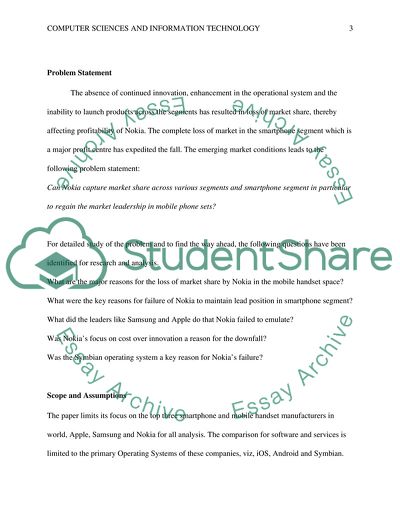Cite this document
(Market Sector Ambitions of Nokia Corporation Research Paper Example | Topics and Well Written Essays - 2500 words - 6, n.d.)
Market Sector Ambitions of Nokia Corporation Research Paper Example | Topics and Well Written Essays - 2500 words - 6. https://studentshare.org/information-technology/1794946-research-paper
Market Sector Ambitions of Nokia Corporation Research Paper Example | Topics and Well Written Essays - 2500 words - 6. https://studentshare.org/information-technology/1794946-research-paper
(Market Sector Ambitions of Nokia Corporation Research Paper Example | Topics and Well Written Essays - 2500 Words - 6)
Market Sector Ambitions of Nokia Corporation Research Paper Example | Topics and Well Written Essays - 2500 Words - 6. https://studentshare.org/information-technology/1794946-research-paper.
Market Sector Ambitions of Nokia Corporation Research Paper Example | Topics and Well Written Essays - 2500 Words - 6. https://studentshare.org/information-technology/1794946-research-paper.
“Market Sector Ambitions of Nokia Corporation Research Paper Example | Topics and Well Written Essays - 2500 Words - 6”. https://studentshare.org/information-technology/1794946-research-paper.


